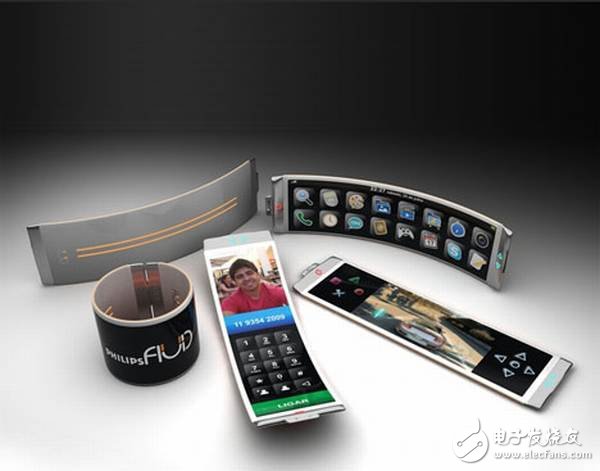According to a report by the Daily Science Network, consumers have always wanted to have smart phones and tablets that can bend, but now electronic components such as chips and displays are generally composed of metals and inorganic semiconductors. Therefore, scientists are trying to use plastics (polymers) Developed flexible electronic devices, but the conductivity of plastics is not strong. American scientists have recently proposed theories and formulas to improve the electrical performance of plastic semiconductors, and published them in the "Journal of the National Academy of Sciences".
In the late 1970s, three scientists discovered for the first time that polymers that had previously been considered non-conductive can conduct electricity under certain circumstances, and they won the 2000 Nobel Prize in Chemistry. Since then, scientists have been hoping to use the rare electrical properties of polymers to create electronic devices that will not break after bending.

However, when conducting experiments using polymer semiconductors, these flexible materials exhibited "abnormal transport behavior", that is, the speed of electrons flowing through various parts of the system was not uniform. In this regard, Andrew Spark, the leader of the latest research and a professor of chemical engineering at Stanford University, said: "Plastics or polymers can be bent or stretched very well, but on the molecular scale, it is like a bowl of pasta Compared with a variety of silicon and other inorganic semiconductor structures, this structure is more inconsistent. This inconsistent structure has an important impact on the conductive properties of polymer semiconductors. "
Spark Microz, RodrÃgue Noriega of the University of California, and Alberto Seleou, a professor of materials science and engineering at Stanford University, created the first theoretical model containing this molecular-scale multiphase structure They hope to understand, predict and improve the conductive properties of semiconductor polymers.
Using this model, the researchers found that different components of the polymer semiconductor have different conduction rates. They explained that the diversity of this rate depends on whether the polymer components are mixed together like a bowl of pasta, or even if it is bent, it is still flat like a lane on a highway. In other words, this entangled structure that enables plastics and other polymers to bend also weakens their electrical conductivity.
The new model also enables people to better understand how the flexibility and conductivity of polymer semiconductors are balanced. In addition, the researchers also gave a simple algorithm to tell scientists how to control the process of manufacturing polymers, and design materials with improved electrical properties based on this.
Spark Micros said: "A simple theory that can explain the problem is a good start." He added that further research will help scientists eventually develop flexible smartphones and foldable e-readers.
Surface mounted LED Panel Light includes round and square two shape frame. We are the manufacturer of producing energy saving interior lighting. The surface mounted panel is fixed by holder on the wall, it is easy to install. There are three color temperatures with cool white, warm white and natural white of panel lights. This type of Trimless and Wide Edge Surface Mounted Led Panel Light is used by external driver. The unique features of led panel light are: CRI>80, PF>0.5. These panels are mainly apply to home, office, school and supermarket, etc.
Narrow Edge Surface Mounted Led Panel Light
Led Trimless Panel Light,Surface Mounted Lamp,Wall Mounted Led Panel Light,Led Ceiling Panel Light
Jiangmen Lika Lighting Electrical Appliances Co., Ltd , https://www.lika-led.com